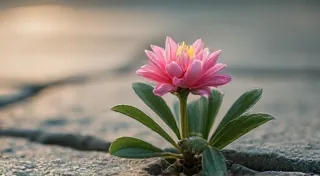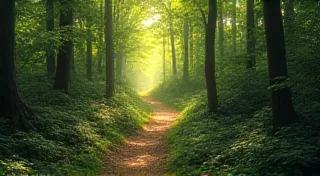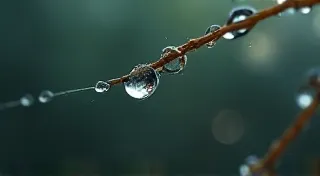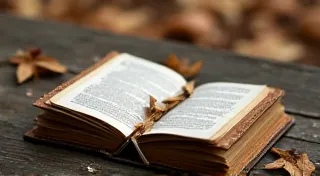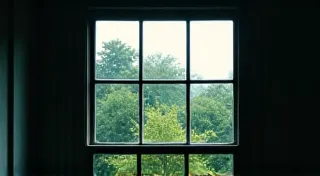The Ephemeral Chorus: Listening for Lost Birdsong in Urban Echoes
There's a particular quality of silence that settles over a city at dawn – a hush that’s not quite peaceful, but rather expectant. It used to be filled, almost overwhelmed, by a riot of birdsong. Now, it’s…thinner. A faded impression of what it once was. It’s a loss most people don't actively notice, a slow erosion of our auditory connection to the natural world, but for those who listen closely, it’s a profound and unsettling shift. It reminds me of antique accordions, actually. Beautiful instruments, meticulously crafted, capable of immense joy, but often found in a state of quiet disrepair, their music struggling to escape a tangle of dried glue and corroded reeds. The bird song of a thriving ecosystem is like that vibrant music, and the loss of it mirrors the melancholy of a silenced accordion.
My grandfather, a carpenter, restored antique furniture. He understood the language of wood, the stories held within the grain. He’s the one who first taught me to listen. Not just to hear, but to truly listen. He's long gone now, but I can still hear him, his weathered hand guiding mine, showing me how a single dowel could hold a chair together for generations. He used to say, “Every piece has a voice, child. You just have to learn to hear it.” I believe that’s true for birds too. Their songs aren't just random noises; they're communication, courtship, warnings, expressions of life itself. When those voices diminish, something fundamental shifts in our perception of the world.
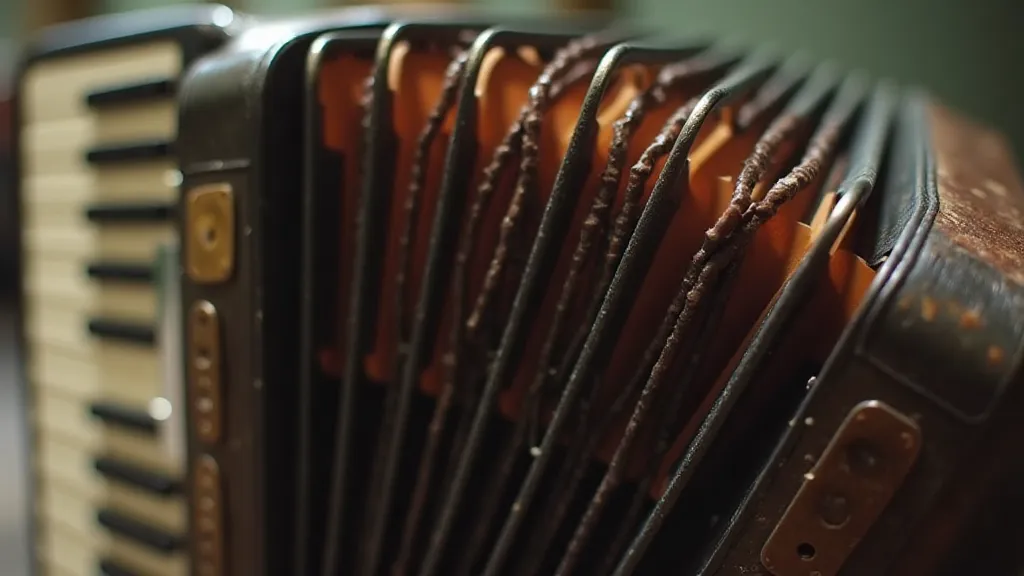
The Changing Soundscape: From Dawn Chorus to Urban Hum
Historically, cities were woven into the landscape, not imposed upon it. Medieval towns were surrounded by orchards, market gardens, and woodlands, creating a mosaic of habitats that supported a surprising abundance of birds. The dawn chorus was a communal experience, a shared moment of awakening that bound people to the rhythm of the seasons. But as urbanization accelerated, these green spaces were systematically replaced with concrete, asphalt, and steel. The constant hum of traffic, the blare of construction, and the cacophony of human activity drowned out the natural soundscape, creating a "masking effect" that made it difficult for birds to communicate and find mates. The impact isn's just about the sound; it's about the loss of connection, a disconnection so profound it can shape our inner landscapes – a feeling explored further in “The Cartography of Silence: Birdwatching as a Lens on Inner Landscapes.”
The decline isn't uniform. Some species, like pigeons and starlings, have adapted remarkably well to urban environments. But others, particularly those that require larger territories or specific habitats, are struggling to survive. The Eastern Towhee, once a common sight in suburban woodlands, is now increasingly rare. The Wood Thrush, with its hauntingly beautiful song, is becoming a memory in many areas. These aren't just numbers on a scientific report; they are gaps in the symphony of life, absences that leave a void in our experience of nature. The sense of loss, the feeling of observing the echoes of something once vibrant, can be overwhelming. It's like trying to piece together a memory of a place you know no longer exists, a feeling not unlike that evoked when considering the ghosts of forgotten habitats, as detailed in “Echoes of the Rookery: The Ghosts of Forgotten Habitats.”
The Craftsmanship of Song: Bird Communication and Habitat Needs
Understanding the importance of bird song requires appreciating the complexity of avian communication. Each species has its own repertoire of calls and songs, each with a specific purpose. Calls are typically short and simple, used for alerting others to danger or maintaining contact. Songs, on the other hand, are often longer and more complex, used for attracting mates and defending territory. The intricate melodies of a Wood Thrush or the insistent chattering of a Carolina Wren are testaments to the creativity and ingenuity of evolution. The world of birdsong contains wonder everywhere, even in the seemingly mundane sights of a sparrow’s life.
The ability of birds to thrive in urban environments depends heavily on the availability of suitable habitat. Even a small patch of green space can provide refuge and foraging opportunities. Trees, shrubs, and flowering plants provide food and shelter. Water sources are essential for drinking and bathing. The presence of insects, worms, and other invertebrates is crucial for feeding young. Restoring degraded habitats and creating new green spaces can help to support bird populations and bring back the music of nature. The intricate relationship between birds, their song, and their surroundings speaks volumes about the interconnectedness of life, a reminder that even the smallest creature can hold immense value.
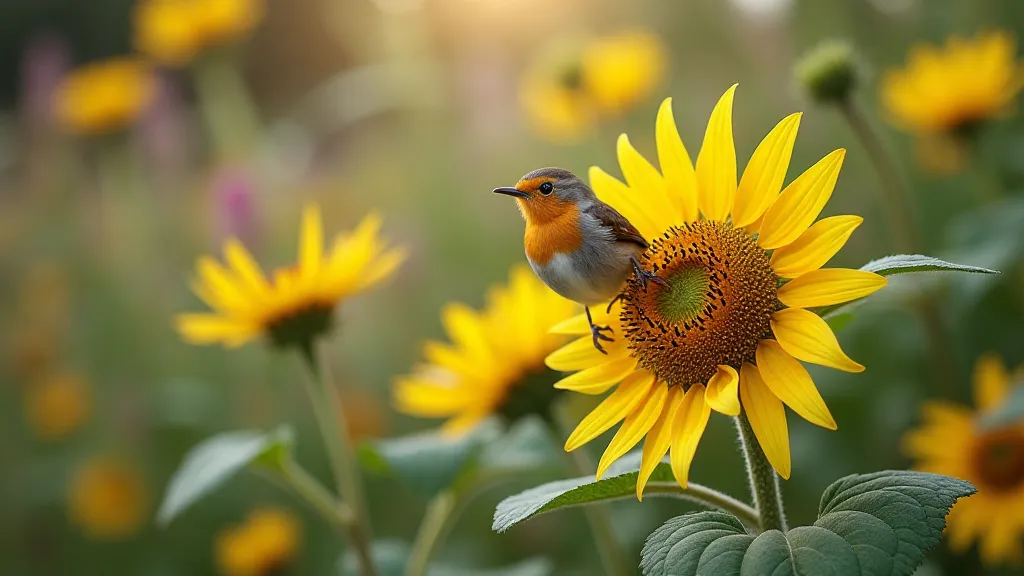
Documenting the Echoes: Sonic Biodiversity and Citizen Science
The loss of birdsong isn’t just an ecological problem; it’s a cultural one. For generations, birds have inspired artists, poets, and musicians. They have been symbols of freedom, hope, and resilience. As their voices fade, we lose a vital connection to our natural heritage. It's vital, therefore, to document what we still have and actively work to restore what we’ve lost. The feeling of being lost in observation, the quiet joy of connecting with the natural world, is a sentiment shared by many birdwatchers, and often reveals deeper truths about ourselves.
Citizen science initiatives, like those focused on recording bird songs, are playing an increasingly important role in monitoring avian populations and understanding the impact of urbanization. These projects allow ordinary people to contribute to scientific research and raise awareness about the importance of biodiversity. Recording devices, once prohibitively expensive, are now widely accessible, making it easier than ever to capture the sounds of nature. The practice allows us to learn about the world around us in a deeply personal way.
My grandfather would have loved those projects. He believed that everyone had a responsibility to preserve the beauty of the world, whether it was restoring an antique chair or protecting a patch of woodland. He used to say, “Sometimes, the most important thing you can do is just pay attention.” Paying attention to the sounds of nature, listening for the echoes of lost birdsong, is a way of honoring his memory and ensuring that future generations have the opportunity to experience the full richness of the natural world.
The Silent Accordion: A Reflection on Loss and Hope
Think of that antique accordion again. Its keys might stick, its bellows might leak, but with careful attention and skilled restoration, it can sing again. The bird population, too, can be revived. It requires effort, dedication, and a willingness to listen – truly listen – to the needs of nature. It requires creating spaces where birds can thrive, supporting conservation efforts, and advocating for policies that protect biodiversity. The challenge of restoring a damaged ecosystem is not unlike the meticulous work of a craftsman dedicated to saving a neglected instrument.
The ephemeral chorus of birdsong is a reminder of the fragility of our connection to the natural world. But it is also a source of hope. Even in the midst of urban echoes, the music can return, vibrant and full of life. It’s a call to action, a plea to rediscover the beauty and importance of the natural world, and to ensure that the symphony of life continues to resonate for generations to come. The beauty of the natural world and the inherent value of even the smallest species is something worth preserving, a lesson that resonates deeply for those who take the time to truly appreciate the intricate tapestry of life.

The silence that has fallen over many cities is a stark contrast to the vibrant natural world that once thrived. Understanding the complex reasons for this decline, and actively working towards restoration, requires a deep commitment to conservation and a willingness to reconnect with the rhythms of nature. Birdsong isn't simply a pleasant auditory experience; it’s an indicator of a healthy ecosystem and a vital link to our cultural heritage. As we continue to lose this precious connection, it’s crucial to remember the importance of paying attention, of listening, and of acting to preserve the beauty and diversity of the natural world for generations to come. The task ahead is a collective one, requiring effort from individuals, communities, and policymakers alike. By embracing sustainable practices, supporting conservation initiatives, and fostering a deeper appreciation for the natural world, we can begin to restore the symphony of life and ensure that future generations have the opportunity to experience the magic of birdsong.
The concept of finding wonder and inspiration within nature is not new. Throughout history, artists, writers, and musicians have drawn inspiration from the natural world, finding solace, beauty, and meaning in the intricate patterns and rhythms of life. From the soaring melodies of classical music to the vibrant colors of impressionist paintings, the influence of nature is evident throughout human culture. As we increasingly disconnect from the natural world, we risk losing touch with this essential source of inspiration and connection.
Looking ahead, the challenge of restoring birdsong and biodiversity requires a multifaceted approach. This includes not only habitat restoration and conservation efforts, but also education and outreach programs that foster a deeper appreciation for the natural world. By engaging communities in citizen science initiatives and providing opportunities for hands-on experiences in nature, we can empower individuals to become stewards of their environment and advocates for change. Furthermore, policy changes that prioritize sustainability and protect natural resources are essential for creating a long-term vision for a healthy planet.
